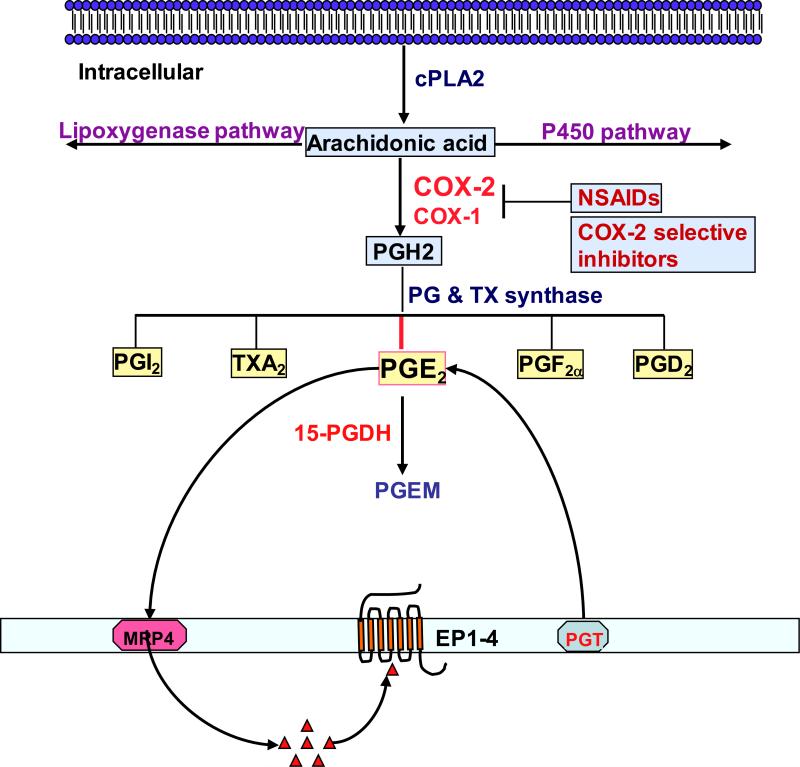Figure 1. An overview of prostanoid synthesis pathways.
Arachidonic acid (AA) is a polyunsaturated fatty acid that constitutes the phospholipid domain of most cell membranes and is liberated from the cellular membranes by cytoplasmic phospholipase A2 (cPLA2). Free AA can be metabolized to eicosanoids through three major pathways: the cyclooxygenase (COX), the lipoxygenase (LOX), and the cytochrome P-450 monooxygenase pathway. In the COX pathway, the key step is the enzymatic conversion of the AA to intermediate PGG2, which is then reduced to an intermediate PGH2 by the peroxidase activity of COX. PGH2 is sequentially metabolized to prostanoids, including prostaglandins (PGs) and thromboxanes (TXs) via specific PG and TX synthases. The MRP gene family is comprised of efflux transporters for both PGs while PGT is an influx transporter for PGs. 15-PGDH mainly metabolizes the intracellular PGE2 and PGF2α to a stable 13,14-dihydro-15-keto-PGA2 (PGEM) and 13,14-dihydro-15-keto-PGF2α.

